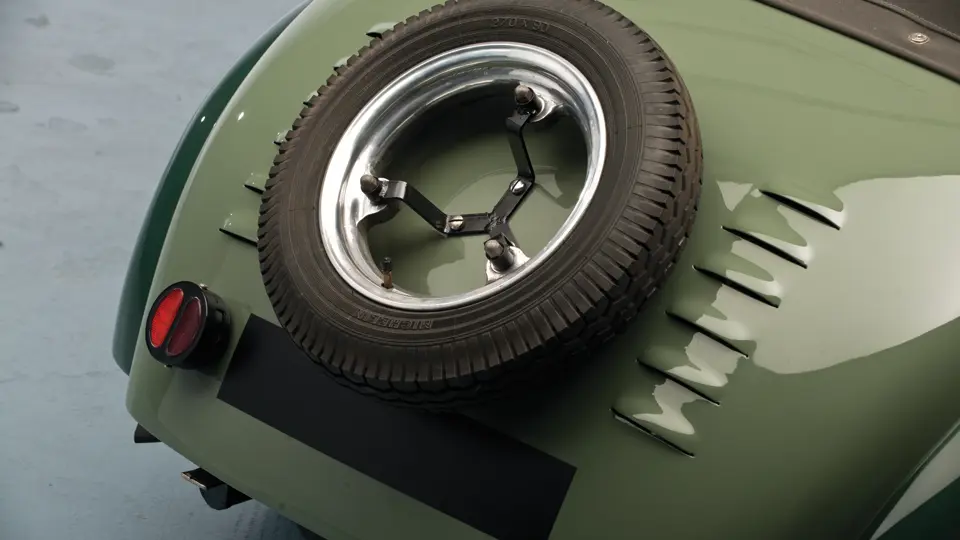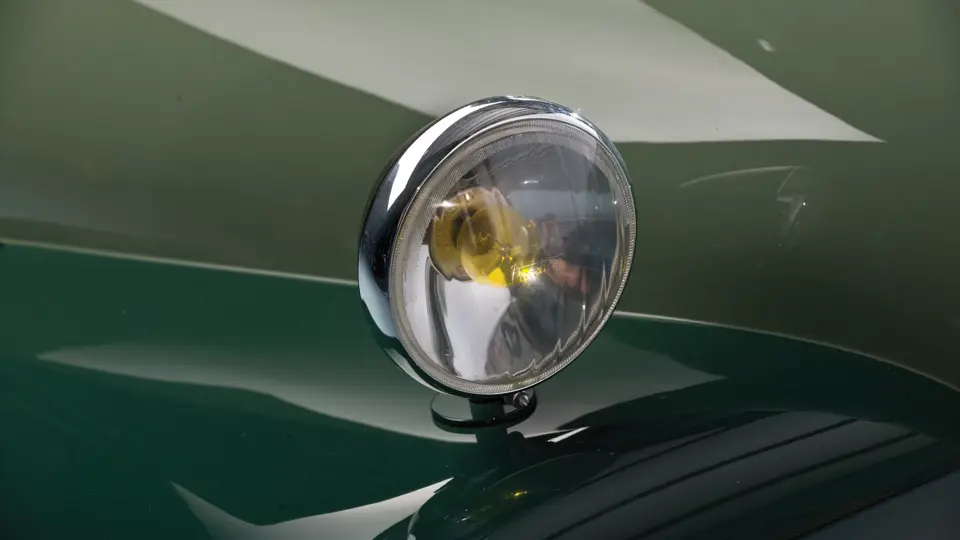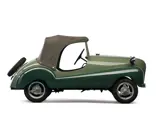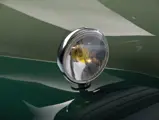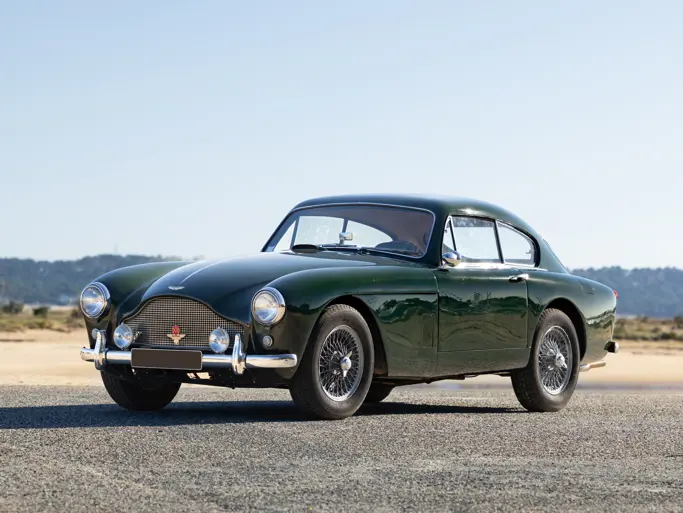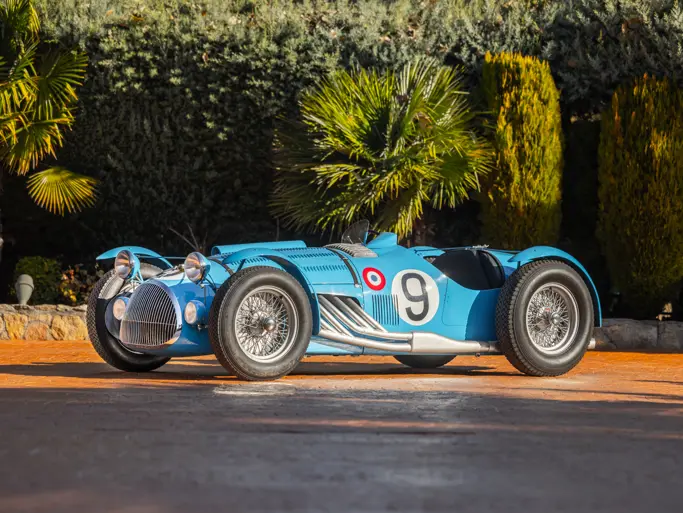SPECIFICATIONS
Manufacturer: Société Industrielle de Livry
Origin: Paris, France
Production: N/A
Motor: A.M.C. 1-cyl, 2-stroke
Displacement: 125 cc
Power: 4 hp
Length: 8 ft. 1 in.
Identification No. 1028
During the late-forties there existed an eager market in France for a small car in the 200,000 franc range. There were several makes in this sector, but there was still room to challenge it with a three-pronged attack.
The S.I.L. was perhaps inspired by an idea that was discussed in the automotive press, which required buying a chassis and an inexpensive body and upgrading the body in stages as the means became available. They first offered the Atlas in 1949, which was an attractive, fully equipped little roadster with “luxury” touches, such as a pair of doors, a folding windshield, an ornate cast-aluminum grille, and trim around the built-in headlamps. The price was 245,000 francs.
The middle position of the trio was occupied by the Kover, which was introduced in 1950. On the same chassis as the Atlas, an equally attractive roadster body was mounted, with long sweeping fenders and a pert, rounded tail, on which was mounted a spare wheel in the sporting idiom of the day. This stylish body could be built at a slightly lower price, 215,000 francs, due to its lack of doors, grille, and built-in headlamps, and a fixed windshield.
The third car in the trio was the bare-bones Bimobile Piaf (Sparrow) introduced in 1951. It had the simplest of flat sheet-metal bodywork, with open sides very much like the Voisin Biscooter, and it sold for 200,000 francs.
The chassis used on all three models was quite sophisticated for such small vehicles, being of a tube steel ladder type, with double A-arms and coil springs at the front and triangular trailing arms at the rear. Different-sized motors from A.M.C. were available, including 125 cubic centimeters, 150 cubic centimeters, and 175 cubic centimeters. The motor drove the left rear wheel via a cardan shaft to a separate reduction gearbox, which included a cable-operated reverse gear. The motor was started with a pull-lever centrally located on the floor. Chassis were factory-coded CA, CK, and CP with the motor size, according to the type.
This rare car was restored in Germany to a high standard. The two-tone color scheme of a period Moss Green/Hunter Green emphasizes the long fender line. The tailoring and period materials of the convertible top are also of a high quality. It should be noted that a small amount of finish assembly work is still required, such as the fitting of the carburetor and control cables to make it a running vehicle.




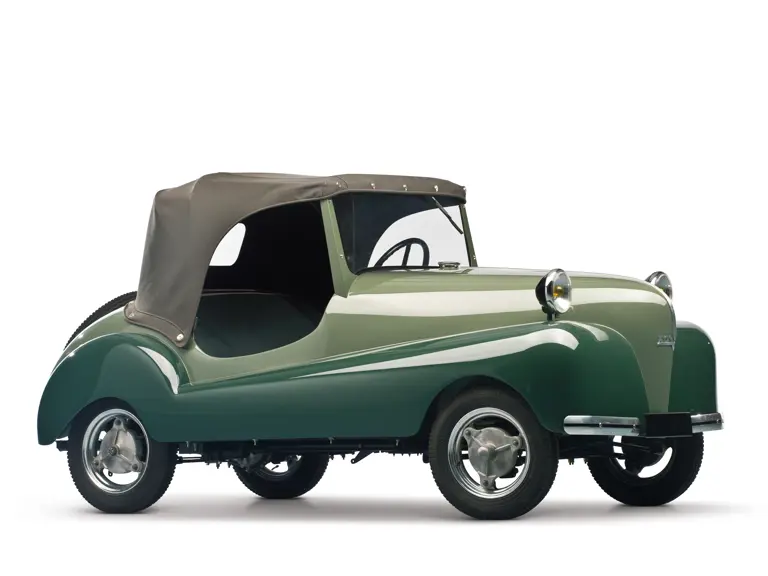
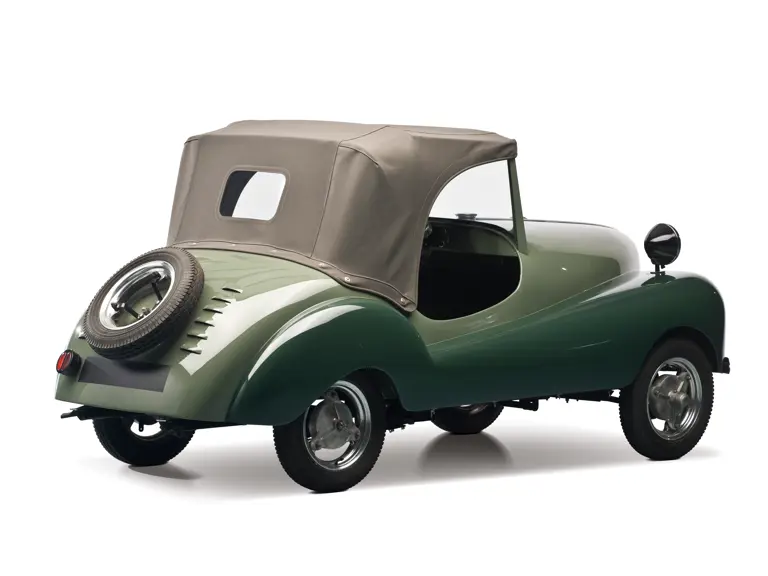
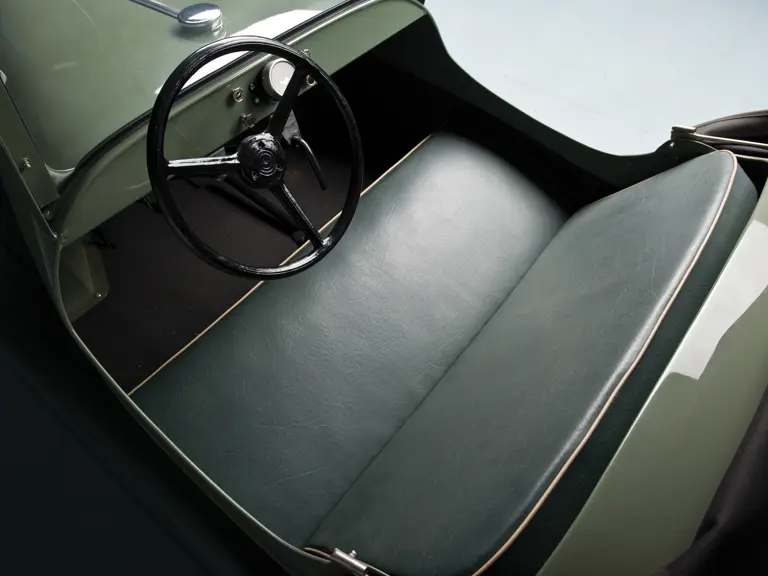


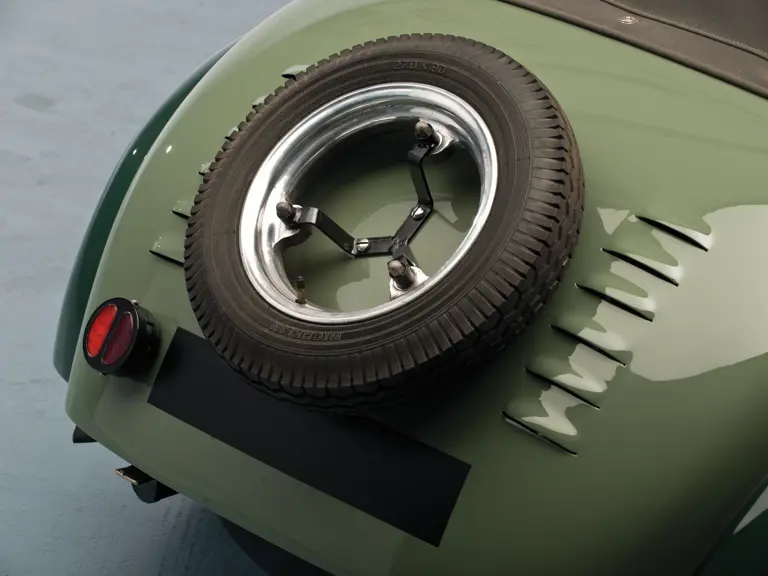
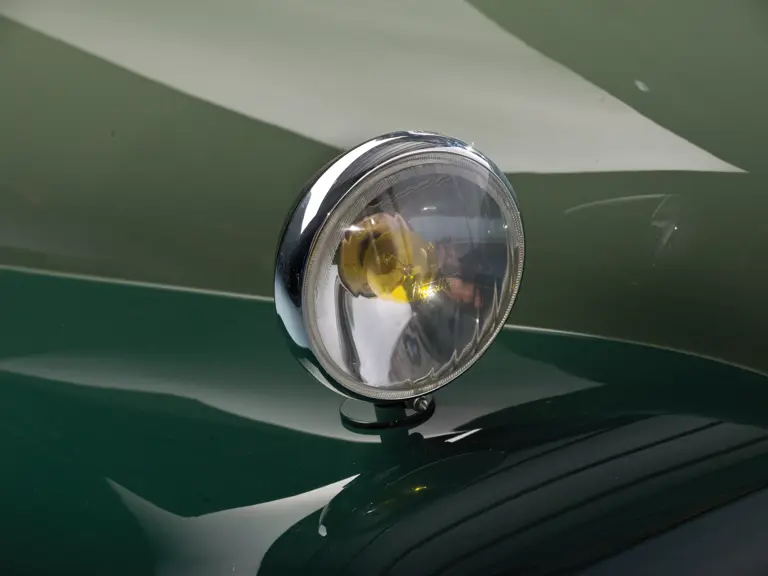
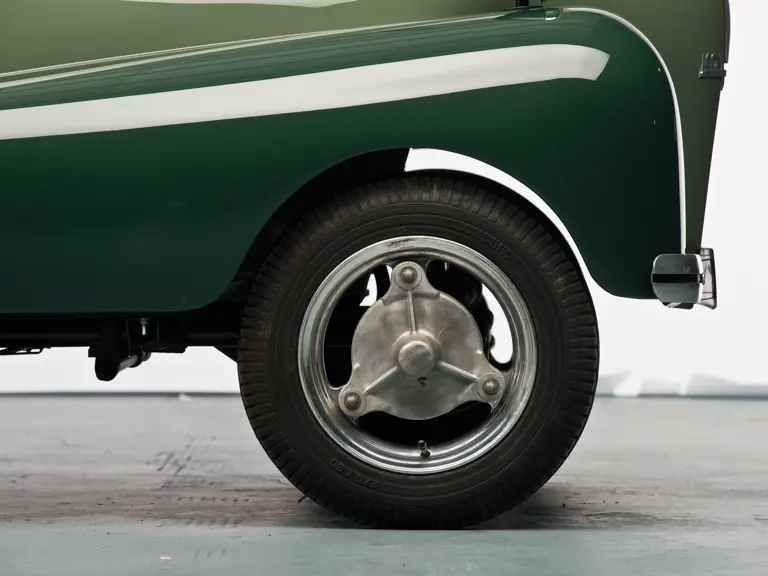

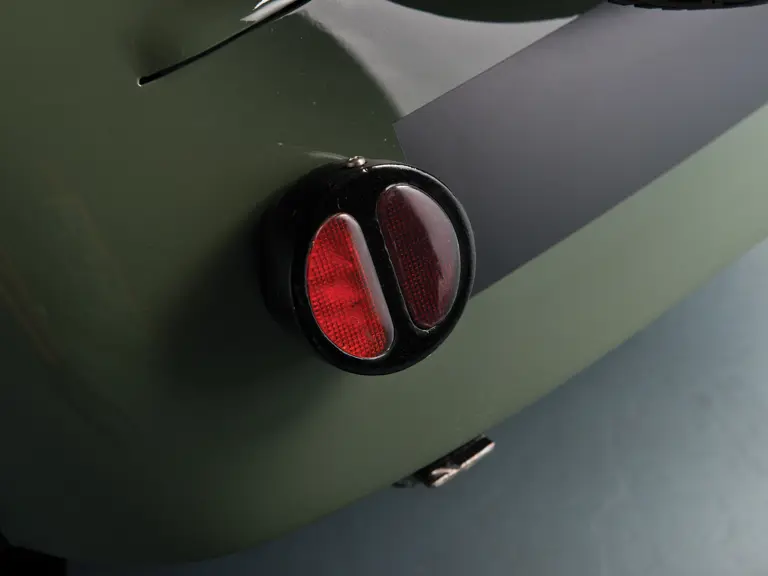
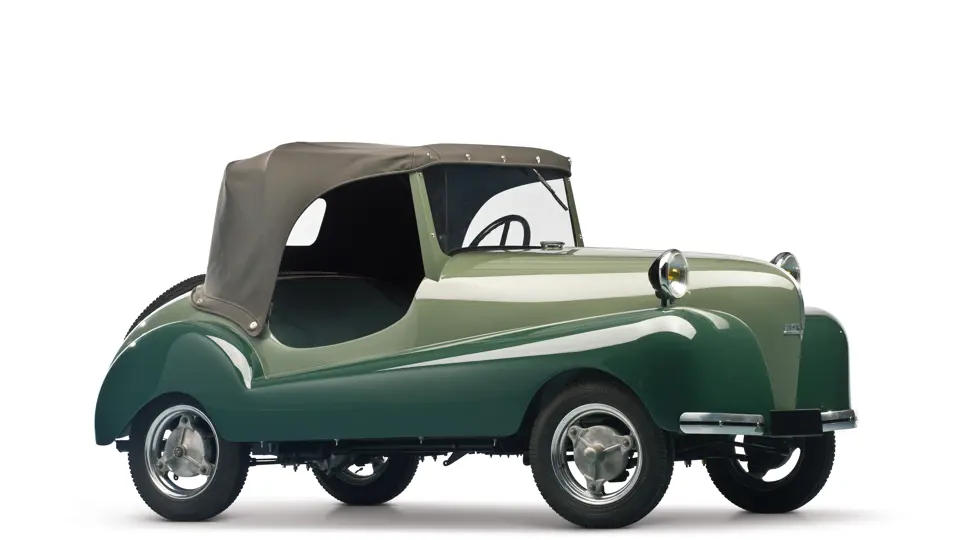
 | Madison, Georgia
| Madison, Georgia

